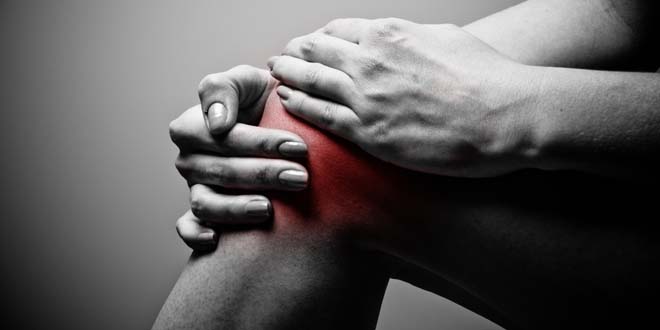
Runner’s Knee
Have you ever felt a jolt of pain rush within your knees after running or doing such activity that has to do a lot with moving your legs? Want to know why this happens and how you can avoid it?
This may somewhat be called, runner’s knee which is a common ailment among runners. But it can also strike up on any athlete who does activities that require a lot of knee bending — like walking, biking, and jumping. It usually causes aching pain around the kneecap.
Now, runner’s knee cannot specifically be called an injury. It’s a free term for many unambiguous disorders that have different causes. Runner’s knee can result from:
- Overuse. A repetition of a certain bending or high stress exercises such as lunges can aggravate the kneecap joint. Overstretching of tendons can also cause knee pain to occur.
- Direct trauma to the knee, like a fall or blow.
- Misalignment. If any bones are not in their correct position or misaligned, physical stress will find it hard to be distributed evenly in the body. Thus, certain areas will feel a higher level of stress which can cause pain and injury to the joints.
- Problems with the feet. Runner’s knee can result from hypermobile feet (a condition in which the joints associated with the feet can be move more than what’s normal), fallen arches, or over pronation (flat feet). These conditions in which the impact of a step causes the arches of your foot to collapse, may excessively stress joints and tissues of the knee.\
- Weak thigh muscles or muscle imbalance. Weakness in thigh muscles causes a disproportional load on isolated sections of the knee cap leading to unusual wear patterns and pain.
Another key factor is the assessment of your running shoes when you experience such aches or pains. Consider to how worn out they are, how much have you used them, and if they are the correct running shoes for you?
Also consider, the type of surface you are running on which impacts stamina. Is it brick, pavement, concrete, or trail? If it is a hard surface and uncomfortable surface, this can be tough on the knees and it is better to change your surface or at least vary once in a while on the surface you run. The level of the running surface is another factor to study, is it slanted or cambered? We don’t think too much when it comes to running as an exercise which is needed because running at an angle, be it a jog, can create uneven wear and tear on knees and other joints.
Body mechanics also play a role in many injuries. If possible, have your running pace assessed by a sports medicine professional. Correcting body mechanics generates even piling on joints and efficient movement patterns that lessen the risk of injury. Body mechanics can be corrected in several ways; for example, solidification and extending specific muscles, wearing the accurate running shoe, or by using a special shoe insert in your running shoe. These inserts can be an over-the-counter or custom-made orthotic.
Evaluate your training plan and techniques by assessing them though these questions: Has your speed or distance varied from how you planned or started it? Are you giving yourself enough time to recover? Increasing the amount of miles your run, or changing of the surface and the speed on it can increase risk of injury. If you want to increase your mileage, take up the 10 percent rule. Increase weekly mileage by just 10 percent, and then keep going at it after every two-three weeks. Then cut back on it, to give yourself a break before continuing to build on more.

